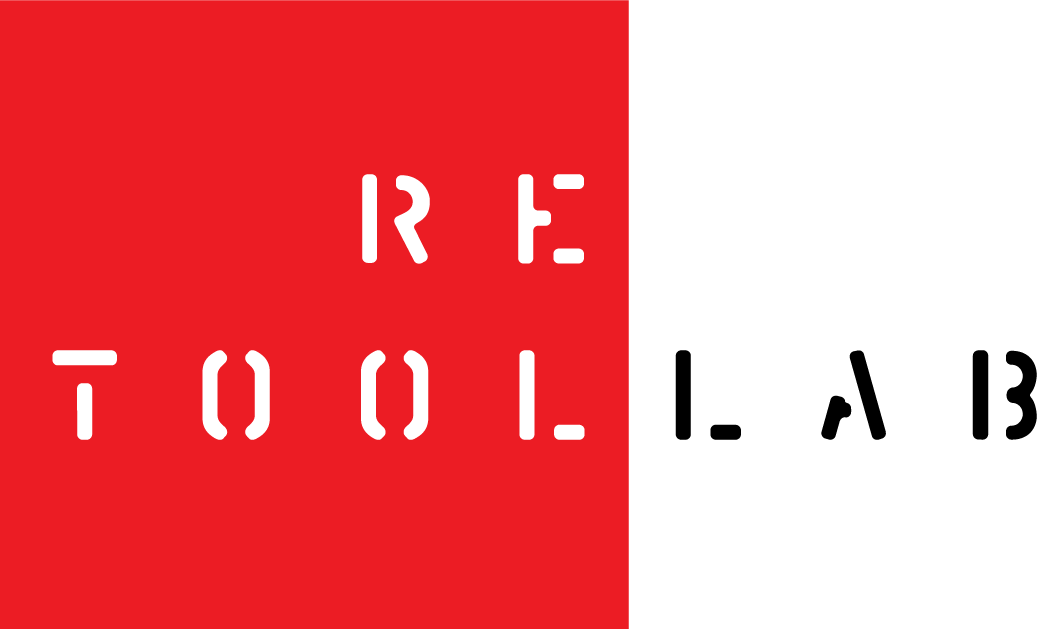Digital transformation and the cultural sector
Last week, in his article entitled Still Searching For The Re-imagined Museum, Robert Ferguson, principal with Retool Lab and Retool Brand Counsel, wrote on the lack of innovation that seems to plague the leadership of the museum sector in Canada. On the same day as the article appeared on Retoollab.com, McKinsey Digital issued a report of its survey entitled The new digital edge: Rethinking strategy for the postpandemic era.
The survey report claims “The corporate recovery from the COVID-19 crisis will involve permanent changes to many dimensions of an organization: the pace at which it conducts its business, the very nature of that business’s value proposition, and the talent, capabilities and leadership that are necessary for success.” It concludes by saying “…the time is now to make investments in technology and capabilities that will equip (their) business to outperform others in a rapidly evolving landscape.” While the first part is understood well enough, the second part is at odds with the museum sector where competition is not an integral part of the business strategy.
The traditional mindset in organizations likes galleries, libraries, archives and museums (GLAM) is that they do not compete per se. But notwithstanding private and government support – that confers very real limitations, and comes with its own set of accountabilities – the sustainability of these organizations also rests on their ability to compete for public support, and they compete for attention against a number of other alternatives, from entertainment to sports to tourism. The survey from McKinsey Digital is broad-based and not focused on the GLAM sector as such. But it points to the pandemic as having accelerated the adoption of digital technologies by several years, across any number of sectors, and that the pace that’s needed to operate successfully is only “quickening.”
If the pandemic has dramatically increased the speed at which digital is fundamentally changing businesses of all types, it follows that for a sector as important and substantial as GLAM, digital needs not only be incorporated into day-to-day operations, but more importantly, also usher fundamental changes to their centuries-old operational model as well. And since accelerated change is also happening at the level of core business practices, as the report also concludes, this would require leaders to rethink the business they are in: what their purpose is, and how to restructure and operate in order to best deliver on it. This implies a rebranding exercise of sort for a sector where the dominant and often only modus operandi has been an in situ model.
COVID-19 “has brought the future forward” wrote John Stackhouse, RBC’s Senior Vice President in Eight ways COVID-19 will transform the economy and disrupt every business, a report by RBC Wealth Management. In it, the author concludes, not surprisingly, that organizations will need to rethink their respective business models. The report is the subject of an earlier post by Retool Lab: Finding Opportunity in Disruption.
Again according to the McKinsey Digital survey report, 9 out of 10 respondents believe that the business model they are operating with, needs to change, if it has not already changed. Many of the same respondents recognize that their companies’ current models are becoming obsolete and predict that they may only be viable through 2023.
Can the cultural sector undergo its own version of a digital transformation?
To be clear, the “digital transformation” we are talking about, would aim to do more than optimizing efficiencies, operational costs or competitive differentiation. It would mean reshaping every aspect of the organization model to serve the customer and/or public, by fundamentally rethinking the business one is in.
Setting aside the numerous technical challenges and hurdles posed by a digital transformation, galleries, libraries and museums have one woefully under-exploited, yet clear, asset: they are resting on an almost inexhaustible supply of potential stories and content, which is akin to sitting on a goldmine. This fact alone is potentially their ace-in-the-hole for attracting support. Realizing the wealth of one’s own collection through redeploying it into consumable engaging experiences in a hundred different ways, will put the mission in motion. Digital transformation may seem daunting, but when viewed in this light, it may well be essential to delivering on the mission of the organization.
A museum’s brand, for instance, is not, a mishmash of name, logo, semi-realized architectural grandeur, video assets or social profile. While these help maintain and promote the image of the institution, they relate only minimally to the of “why” of the organization. The brand, on the other hand is what correlates, above all else, to the core of the mission. In most cases, that mission is fundamentally to educate and connect people with culture and history, by either addressing and interpreting key social issues, to transforming how we see the future, and how such organizations help facilitate/broker this connection. But, whatever it is, interaction is key. Without it, museums and the likes have no reasons to be. They must pursue strategies that help maximize interaction, in all its forms, and maintain an agnostic posture about the methodology to accomplish this interaction.
Museums, galleries, archives and libraries are, in one form or another, the most reliable repositories of nearly all human stories. It is incumbent on them to provide the in situ AND innovative digital interactions platforms to ensure these stories are told and that the broadest possible public can meaningfully interact with them. Digital transformation should actually be transformative, and not just remain an adjunct ingredient to an outmoded and limiting operational model.
Photos by Rostislav Uzunov and Miggy Rivera from Pexels

